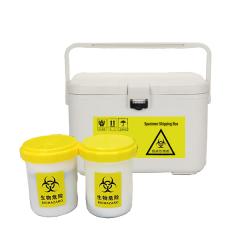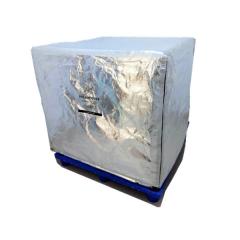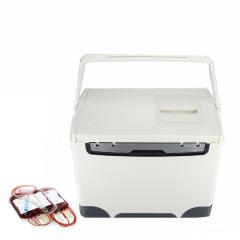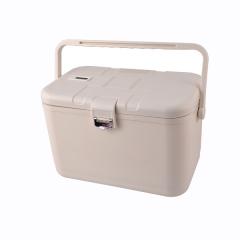The capacity to move temperature-sensitive commodities across long distances without sacrificing their quality is nothing short of a logistical marvel in today’s interconnected global economy. The cold chain, a sequence of distribution and storage operations that keep a product at the proper temperature from point of manufacture to point of consumption, is the central component of this system. However, what are these storage facilities really, and how do they operate?
When it comes to the cold chain and storage, there are a lot of various approaches. You may get a sense of the most common choices that the supply chain provides to all cold chain stakeholders with this brief overview:
Cooling Systems: Goods, particularly food items, must be cooled to the proper storage temperature at the very start of the cold chain. This is where the use of cooling systems is necessary. These are not your typical refrigerators; rather, they are expansive establishments that can manage enormous volumes of merchandise. By doing this, they essentially ensure that goods are at the proper temperature before being transported or kept in storage for lengthy periods of time.
Cold storage warehouses: These warehouses, which can range in size from a single temperature-controlled room to enormous complexes, can hold items for long periods of time. These facilities are the foundation of the cold chain, whether it be a shipment of exotic fruits that need to be delivered to a far-off market or a batch of vaccinations that need to be distributed (learn more about cold chain warehouse management).
Refrigerated trucks and railcars: After goods are removed from the warehouse, they must be delivered to a retail location, a pharmacy, or the customers directly. Here’s where refrigerated trucks and railcars come into play: outfitted with cutting-edge cooling systems, they ensure that chilled goods travels at the perfect temperature.
Reefers: which stand for refrigerated containers, are used to ship commodities across the ocean. Reefers are outfitted with cutting-edge equipment to guarantee constant temperature and humidity levels due to the prolonged sea cruise.
Distribution and Cold Processing Centers: These establishments may handle the last stages of product processing before they are delivered to customers. This location might be used to clean, fillet, and package a cargo of fish, for example. To preserve the items’ freshness and quality at this point, processing them in a temperature-controlled facility is essential.
Blast freezers: These are the preferred choice for goods that must be frozen rapidly. They have the power to quickly lower a product’s temperature and preserve its freshness, which is important for some marine products because even a small delay might lower quality.
Pharmaceutical Grade Cold Storage: Specialized cold storage facilities are now necessary due to the growing significance of biologics in contemporary medicine. These facilities are designed with redundant systems to guarantee that there is no possibility of failure and frequently have to sustain extremely low temperatures.
The cold chain is not a one-size-fits-all solution, as you have seen with the many forms of storage. Its complexities change according to local demands, the state of the economy, and the particular specifications of the items in issue.

 한국의
한국의  English
English français
français русский
русский italiano
italiano español
español português
português العربية
العربية 日本語
日本語 magyar
magyar










